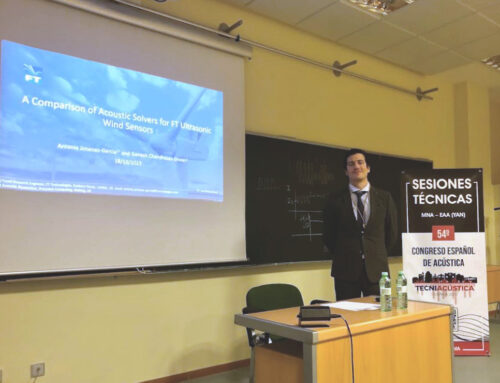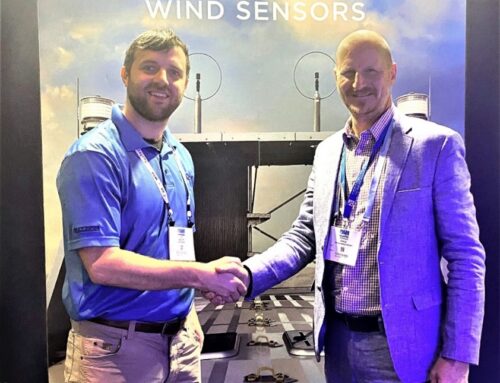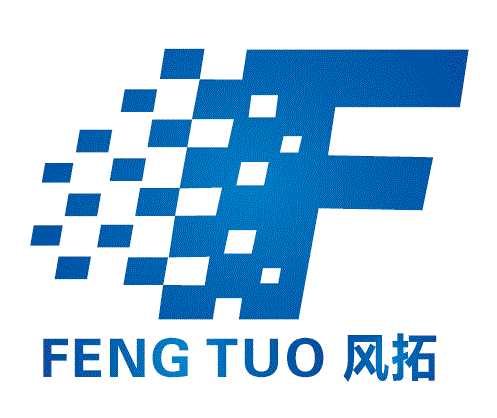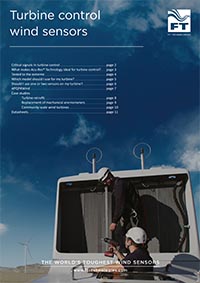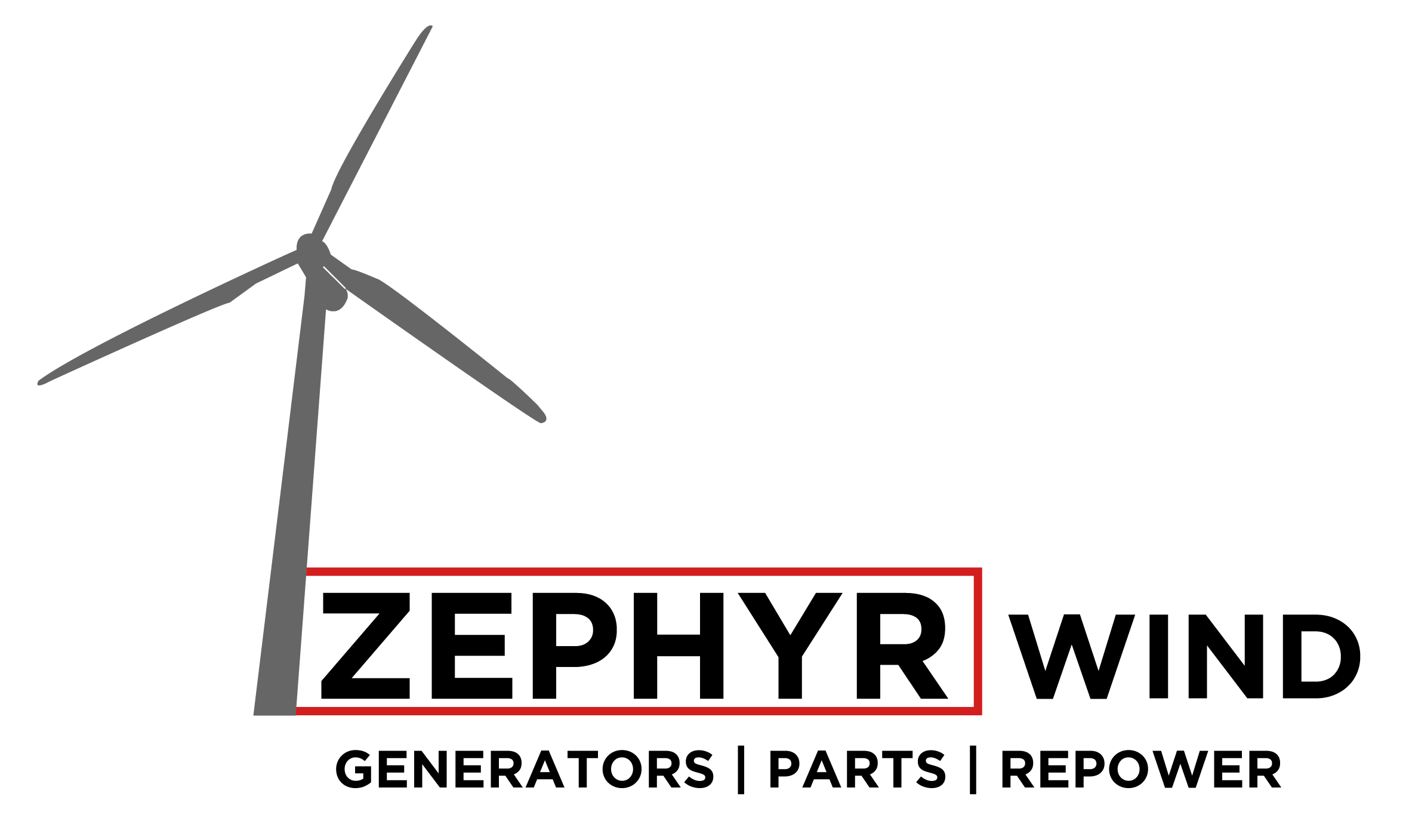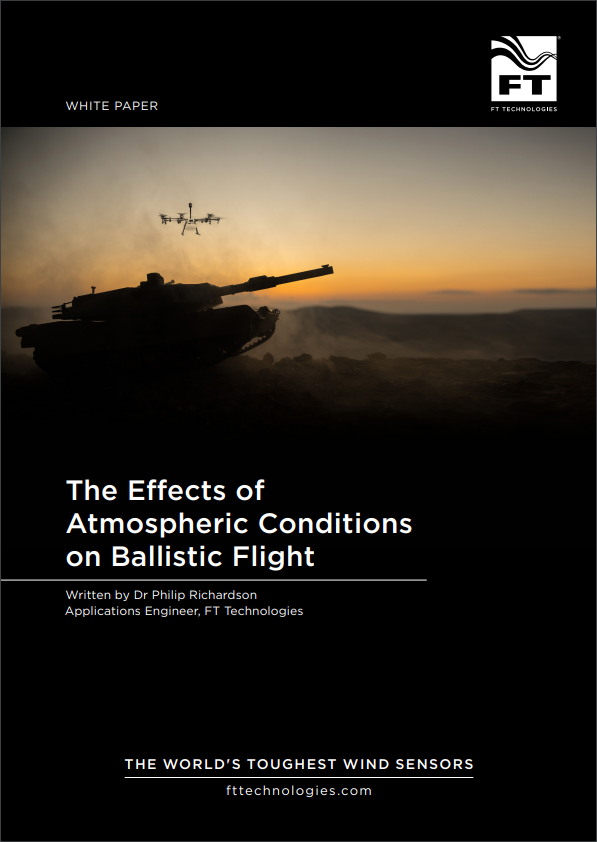Small sensors doing a big job
Monday 15th June, 2020, is Global Wind Day. On this day we mark the contribution that wind energy makes to the planet, its power, and the possibilities it holds to reshape our energy systems, decarbonise our economies and boost jobs and growth.
FT Technologies, manufacturer of the world’s toughest wind sensors, is a major player in the wind industry with FT wind sensors powering nearly half of the world’s installed wind turbine fleet.
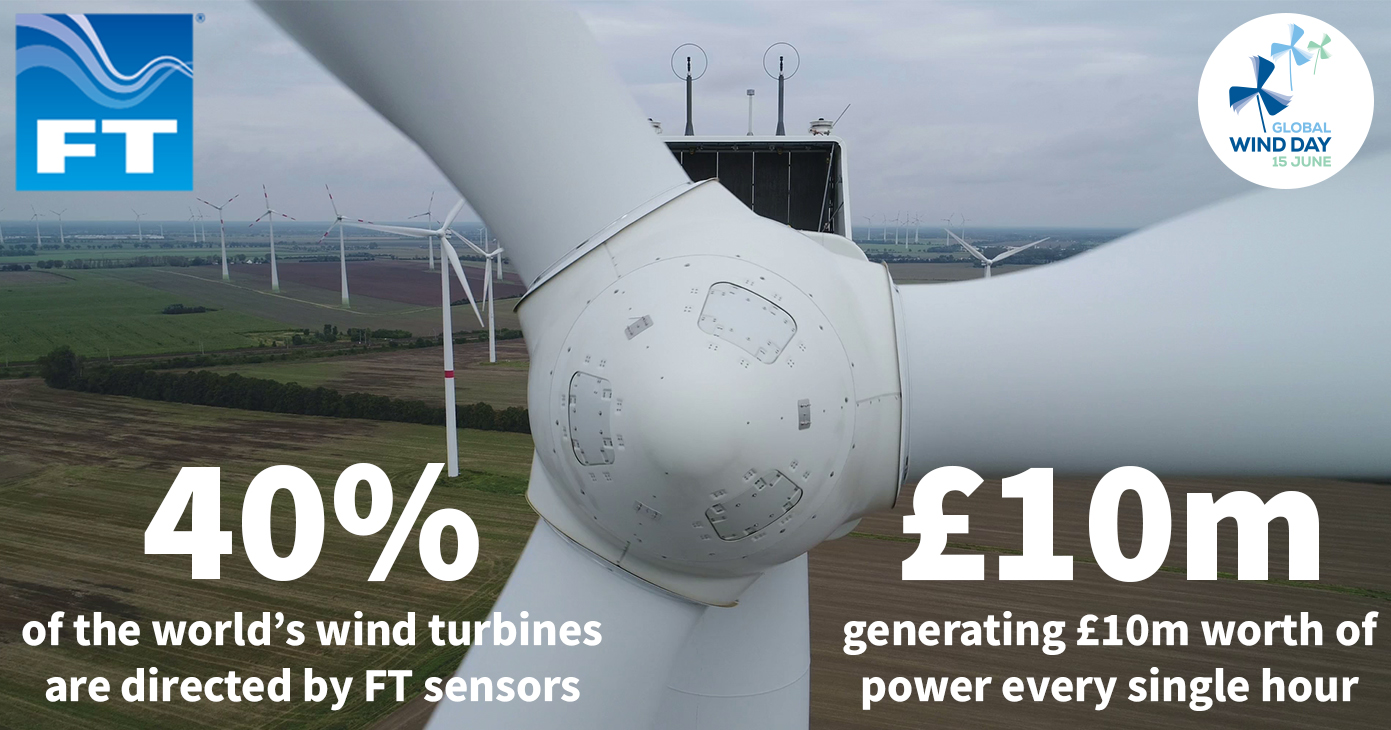
On a wind turbine, the wind sensor is a critical component. It provides crucial wind speed and wind direction information to the turbine’s controller. In many ways the controller is the brain of the turbine, and it relies on accurate data signals to best control the turbine and adjust its performance according to the prevailing weather conditions.Out of the hundreds of signals a turbine controller handles, the two most important, according to the turbine manufacturers themselves, are wind speed and wind direction. These two critical signals are needed to achieve optimal operation of a turbine and to maximise the energy production.
The wind speed measurement is used to set the optimal blade pitch angle and rotor speed for achieving maximum power output. The wind direction measurement is needed to tell the turbine which way to turn, to make sure it faces upwind, again to maximise output.
Critically, for safety reasons, the wind speed and direction are also needed to tell the turbine to shut down if the wind speed is too high, and, in this case, to turn the blades out of the wind, and the nacelle upwind.
If, at any point, the turbine controller cannot detect either the wind speed or direction it is forced to shut down the turbine. If the wind sensor on a turbine malfunctions, then the turbine can no longer operate, and no energy is produced. This results in lost revenue for the wind park operator.
Consequently, it is imperative that the wind sensor on a wind turbine operates continuously and reliably, despite the harsh conditions that prevail on the top of a wind turbine, especially those in highly corrosive offshore environments, or regions subjected to frequent icing conditions.
Wind sensors, therefore, play a key role in helping wind farm operators to reduce their Levelized Cost of Energy (LCoE) – the measurement of lifetime costs divided by energy production. With reliable wind sensors installed on their turbines, they are able to maximise their Energy Capture and Capacity Factor, and reduce OPEX costs.
The world’s toughest wind sensors
FT Technologies’ wind sensors are used by the world’s top turbine manufacturers, including all five of the top manufacturers who, collectively, produce about 70% of the total turbine fleet. Offshore, where the conditions are even more extreme, FT sensors are used on over 80% of all offshore turbines.
FT wind sensors are probably the most tested in the world having passed over 30 independent tests including ice, corrosion, sand, dust, hail, vibration, drop, and lightning protection. During testing FT sensors are exposed to one month of Amazon rainfall in one hour, repeatedly dropped onto concrete, cycled from the Antarctic to Saharan heat, submerged in water, subjected to 8000 volts and exposed to corrosive salt spray.
See further information about our testing and product certification.
Wind Power Industry Outlook
Wind energy is one of the fastest growing industries in the world. It could create nearly 4 million direct and indirect jobs as well as between $207bn or over $2tn of additional annual investments if wind capacity rises above 2TW.
Latest figures from The Global Wind Energy Council (GWEC) show that the total capacity for wind energy globally is now over 651 GW.
China and US remain the world’s largest onshore wind markets, together accounting for more than 60 per cent of new capacity installed in 2019.
Offshore wind is playing an increasingly important role in driving global wind installations, with the sector installing a record 6.1 GW in 2019, accounting for a record share of 10 per cent of new installations.
2020 was expected to be a record year for wind energy, with GWEC forecasting 76 GW of new capacity. However, the full impact of COVID-19 on wind energy installations is still unknown. Many wind turbine installations were temporarily suspended at the start of the pandemic, although most are operational again as of June 2020, albeit with safety restrictions in place.
“Wind turbines have only continued to become bigger, better, cheaper, and more efficient. Wind energy is now one of the most competitive energy sources in markets across the world and is one of the key technologies we need to build the clean energy system required to limit global warming to 1.5°C. The growth of both onshore and offshore wind throughout the world also means more local investment, job creation and energy savings. The question now is not ‘why wind energy’ but rather ‘why not’?”
– Ben Backwell – CEO, GWEC
“Onshore wind is now the cheapest form of new power generation in most of Europe, and offshore wind is not far behind with costs having fallen over 60% in 3 years. And it’s getting easier and cheaper to integrate wind power in the energy system. As a local resource, wind also means much less money spent on fossil fuel imports. And of course it means less CO2 – and cleaner air – in our cities.”
– Giles Dickson – CEO, WindEurope
Wind Power could play a major part in economic recovery after Covid19
According to a statement by the global wind industry, wind power will be a key building block for Economic Recovery.
Two thirds of the value of the world’s oil and gas reserves — totalling $25trn — could be wiped out as the energy transition disrupts the entire fossil-fuel system, with profound ramifications for financial markets and geopolitics, according to a recent report.
This is a huge opportunity for countries that import fossil fuels which can save trillions of dollars by switching to a clean energy economy in line with the Paris Agreement. Now is the time to plan an orderly wind-down of fossil-fuel assets and manage the impact on the global economy rather than try to sustain the unsustainable.
The long-term impact of COVID-19 depends on the political action we take now. In Europe the Green Deal offers the route to economic recovery. Jobs, growth and sustainability – a clear vision for all countries to pursue. Governments should align their recovery packages with climate goals and invest in the job-creating potential of onshore and offshore wind. Their economies will bounce back stronger and more resilient.
“Renewable energy costs continue to fall and renewable power generation is increasingly becoming the default source of least cost new power generation,” said the International Renewable Energy Agency (Irena) in a recent report.
“Renewable power generation technologies are not just competing head-to-head with fossil fuel options without financial support, but increasingly undercutting them, in many cases by a substantial margin,” it said.
The agency said that, in the past ten years, costs in the sector have dropped by more than 80% for solar projects, and by 39% and 29%, respectively, for onshore and offshore wind projects.
As costs continue to fall, Irena said renewable power is increasingly cheaper than new and existing fossil fuel-fired plants, with potential savings of more than $23bn per year “if the costliest 500 gigawatts of existing coal were replaced by solar and wind”.
Learn more about wind energy:
Discover the history of wind energy, and how wind turbines work, by watching these informative 60-second videos.
